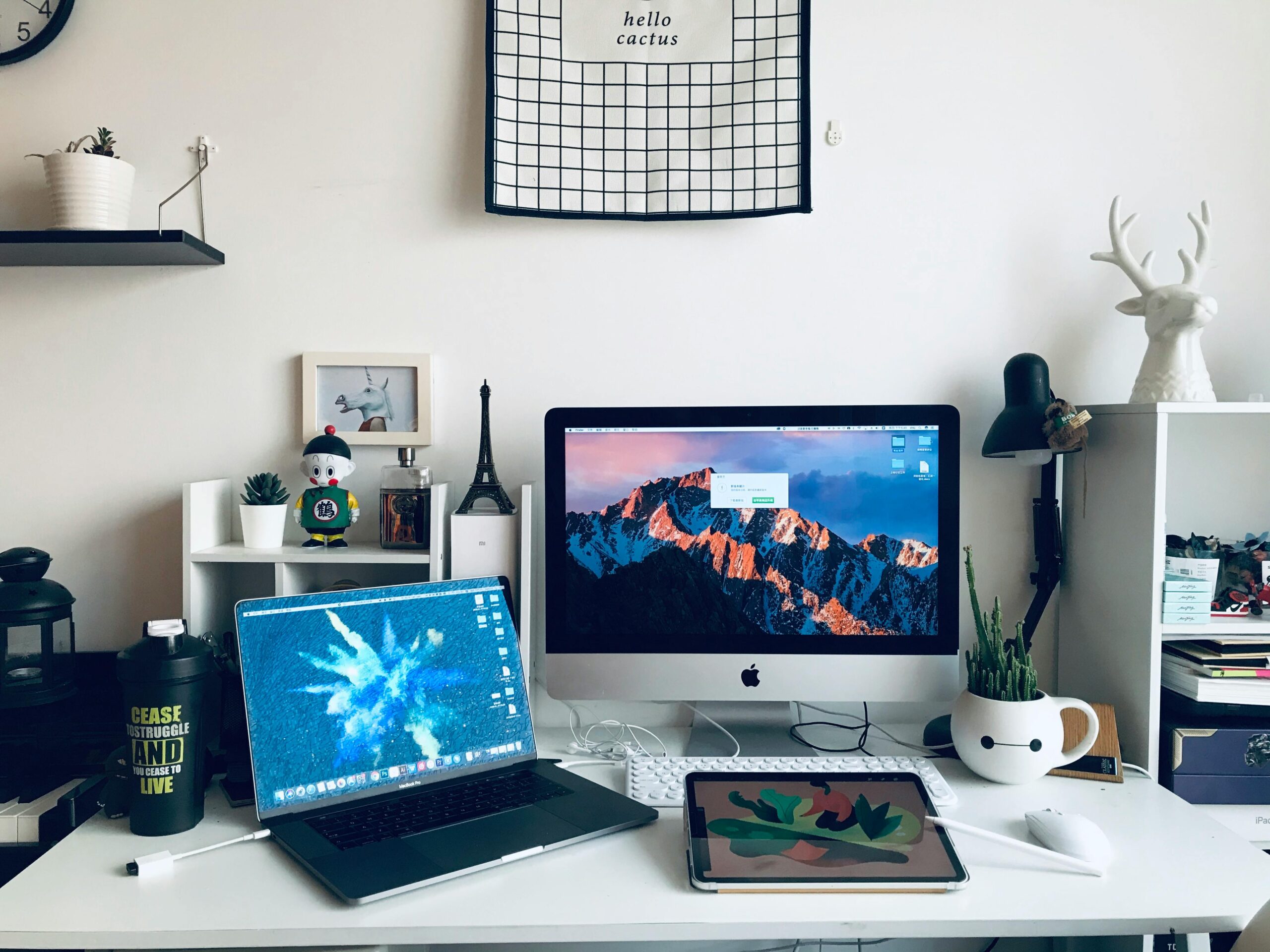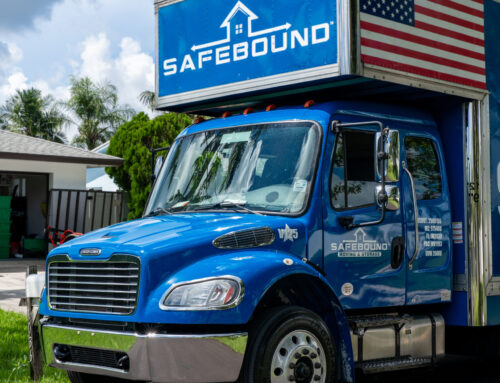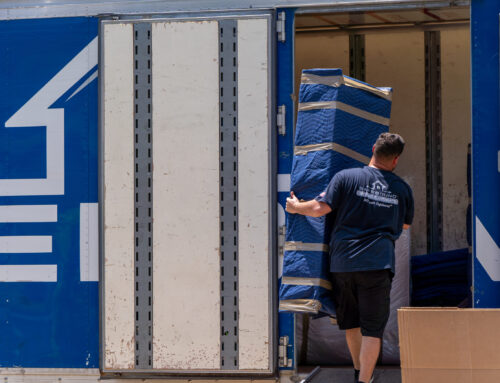Conquering the Chaos: A Guide to Moving Your Home Office
So, you’re moving! And among the boxes and packing peanuts lies a crucial element – your home office. But fear not, fellow remote warriors and desk jockeys! While a traditional office move might involve cubicles and conference rooms, relocating your home workspace presents a unique set of challenges. Worry not, because with a little planning and these handy tips from Safebound Moving & Storage, you can ensure your productivity remains unfazed throughout the transition.
Pre-Move Planning: The Foundation for Success
A successful home office move hinges on meticulous planning. Here’s how to lay the groundwork for a smooth transition:
- Declutter and Downsize: Moving is a fantastic opportunity to purge. Be honest with yourself: do you really need that stapler collection or that three-year-old planner? Sort through your office supplies, files, and décor. Donate, recycle, or sell what you no longer need. This not only reduces the amount you have to move but also helps create a fresh, organized space in your new home.
- Inventory and Categorize: Take a detailed inventory of everything in your office. This includes furniture, electronics, office supplies, and even important documents. Categorize items by function (computer equipment, writing supplies, etc.) and create a master list. This will be crucial during packing and unpacking, ensuring nothing gets lost in the shuffle.
- Measure Up!: Don’t underestimate the power of dimensioning. Measure your current office furniture and take note of doorways, hallways, and tight corners in your new home. Sketch a rough layout of your new office space, keeping these measurements in mind. This will help determine if your existing furniture will fit comfortably or if downsizing is necessary.
- Budgeting for the Move: Moving a home office involves more than just packing boxes. Consider the cost of packing materials, potential furniture disassembly and reassembly, or even hiring movers for larger items. Factor in any potential upgrades you might need for your new space, like additional shelving or ergonomic furniture.
- Schedule Disconnections and Connections: Don’t get caught flat-footed! Schedule disconnections for internet, phone lines, and any other essential services well in advance. Contact your providers in your new location to schedule installations for internet, cable, and phone services after you move in.
- Back Up Your Data: This one’s a no-brainer. Before you even think about packing your computer tower, back up all your crucial data – documents, spreadsheets, presentations, the whole shebang. External hard drives, cloud storage services, or a combination of both are your best friends during a move.
Packing Powerhouse: Conquering the Cardboard Cavern
Now that you’ve laid the groundwork, it’s time to tackle the packing. Here are some key strategies to ensure your office essentials arrive safe and sound:
- Gather the Right Supplies: Invest in quality packing materials. Sturdy cardboard boxes in various sizes, packing peanuts, bubble wrap, packing tape, and permanent markers are essential. Consider labeling some boxes “fragile” for delicate electronics.
- Disassemble When Possible: Large furniture like desks and bookshelves should be disassembled for easier moving and to prevent damage. Take photos of the disassembly process to use as a reference when reassembling at your new location.
- Protect Your Tech Arsenal: Electronics require special attention. Use the original packaging for monitors or printers if you still have them. For other items, wrap them generously in bubble wrap and pack them snugly in boxes with packing peanuts for extra cushioning. Label boxes containing electronics clearly.
- Cord Corral: Don’t underestimate the power of tangled cords! Before disconnecting electronics, take pictures of how the cords are connected. Bundle and label each cord with the corresponding piece of equipment to avoid a frustrating untangling session at your new home.
- Essentials at Your Fingertips: Pack a separate box with essentials you’ll need immediately upon arrival at your new home. This could include chargers, a stapler, pens, paperclips, a first-aid kit, and a box cutter for unpacking.
- Document Central: Important documents like contracts, tax files, or client information deserve special care. Pack them in a separate, clearly labeled box and consider keeping them with you during the move for added security.
Now that you’ve tackled the pre-move planning and packing phases, it’s time to conquer moving day and set up your new home office haven.
Moving Day Maneuvers: Efficiency in Action
- The Big Day: Moving day can be a whirlwind, so stay organized! Clearly label boxes according to room and priority (“unpack first” for essential items). If you’re hiring movers, brief them on the location of your home office furniture and any fragile items.
- Heavy Lifting: Don’t be a hero! For large or heavy furniture pieces, enlist the help of friends, family, or professional movers. Lifting injuries are no joke, and proper technique is crucial to avoid back pain or damage to the furniture itself.
- The Art of Unpacking: When you arrive at your new home, prioritize unpacking your “essentials” box first. This ensures you have the tools you need to tackle the rest of the unpacking process efficiently.
- The Layout Labyrinth: Refer back to your pre-move layout sketch. Use furniture pads to protect your floors as you arrange your furniture. Don’t be afraid to experiment with different configurations until you find the perfect flow for your new workspace.
Setting Up Your New Productivity Oasis
Once the boxes are unpacked and the furniture is in place, it’s time to personalize and optimize your new home office:
- Tech Territory: Reconnect your electronics and ensure all the wires are untangled (thanks to those labeled cords you packed!). Test your internet connection and printer functionality.
- Cable Management:
Exposed cables create clutter and visual noise. Invest in cable management solutions like cable ties, under-desk organizers, or wireless peripherals to keep things clean and organized. - Ergonomic Essentials:
Proper ergonomics are key to preventing aches and pains. Adjust your chair height and monitor position for optimal comfort. Consider investing in a standing desk or an anti-fatigue mat if you spend long hours working on your feet. - Lighting the Way:
Natural light is ideal for productivity, so position your desk near a window if possible. Task lighting can also help reduce eye strain, especially during evening hours. - Personal Touches: Don’t forget to personalize your space! Add photos, plants, artwork, or motivational quotes to create an inspiring and comfortable work environment. A touch of personality goes a long way in boosting your mood and productivity.
- The Finishing Touches:
Stock up on essential office supplies and organize them in a designated area. Invest in a filing system or storage containers to keep paperwork under control.
Conclusion: Your Home Office Haven Awaits!
Moving a home office requires planning, organization, and a little elbow grease. But by following these tips from Safebound Moving & Storage, you can ensure a smooth transition and set yourself up for success in your new workspace. Remember, a well-organized and comfortable home office can significantly impact your productivity and creativity. So take a deep breath, unpack those boxes, and get ready to conquer your workday in your new haven!
Bonus Tip: Moving can be stressful, so schedule some time for relaxation after the big day. Take a walk, enjoy a favorite hobby, or simply unwind – a refreshed mind is a productive mind!





